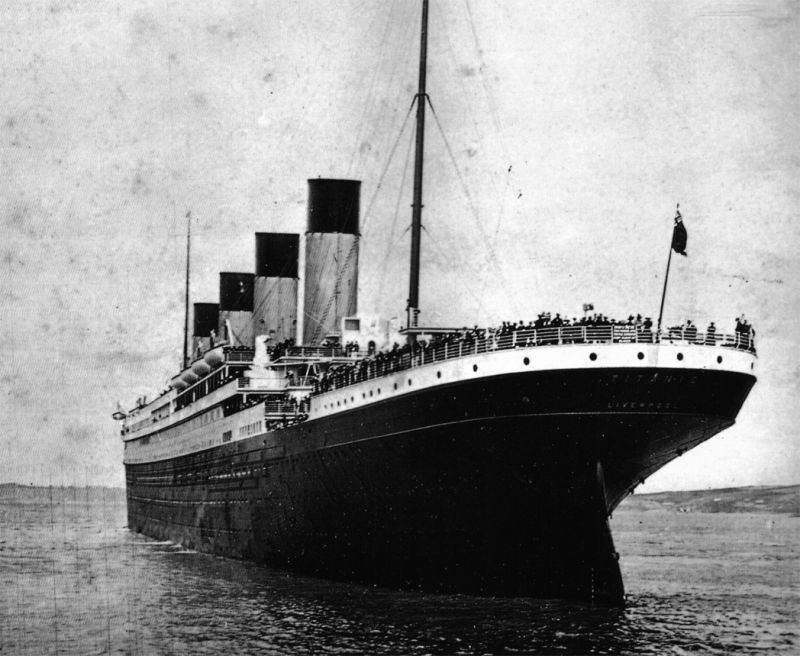The Titanic Disaster: A Historical Overview
Throughout history, few maritime tragedies have captured the world’s attention as intensely as the sinking of the RMS Titanic. On April 15, 1912, the luxurious ocean liner struck an iceberg, leading to one of the deadliest disasters at sea.
Early Voyage of the Titanic
Launched in 1911, the Titanic was considered the pinnacle of opulence and engineering. This White Star Line vessel was designed to provide unparalleled comfort and safety, making it a preferred choice for the affluent traveling between Europe and North America.
The Fateful Night
On that fateful night, the Titanic set sail from Southampton, England, and was on its maiden voyage to New York City. However, tragedy struck near midnight when the ship collided with an iceberg. Consequently, the Titanic started taking on water and sank within hours.
Survivors
The chaos that ensued during the evacuation process is well-documented. Survivors were forced to board lifeboats, many of which were launched half-filled. This heartbreaking decision-making led to a significant loss of life, highlighting critical flaws in maritime safety regulations of that era.

Impact and Legacy
The aftermath of the Titanic disaster prompted global discussions on maritime safety. Consequently, regulations were revised, including requirements for sufficient lifeboats on all passenger ships. These changes have helped enhance the safety of sea travel significantly.


Conclusion
In summary, the Titanic disaster not only reshaped maritime regulations but also left an indelible mark on collective memory. By understanding this tragedy, we can appreciate the importance of safety and preparedness in today’s maritime industry.




